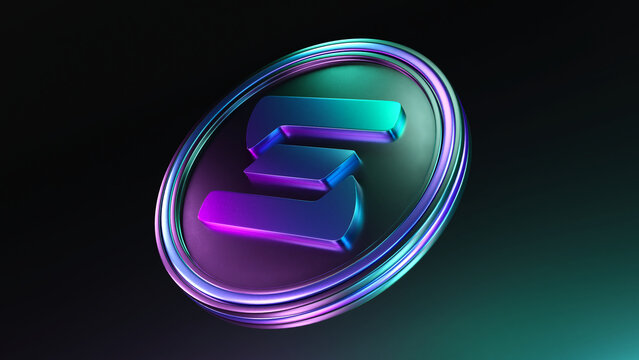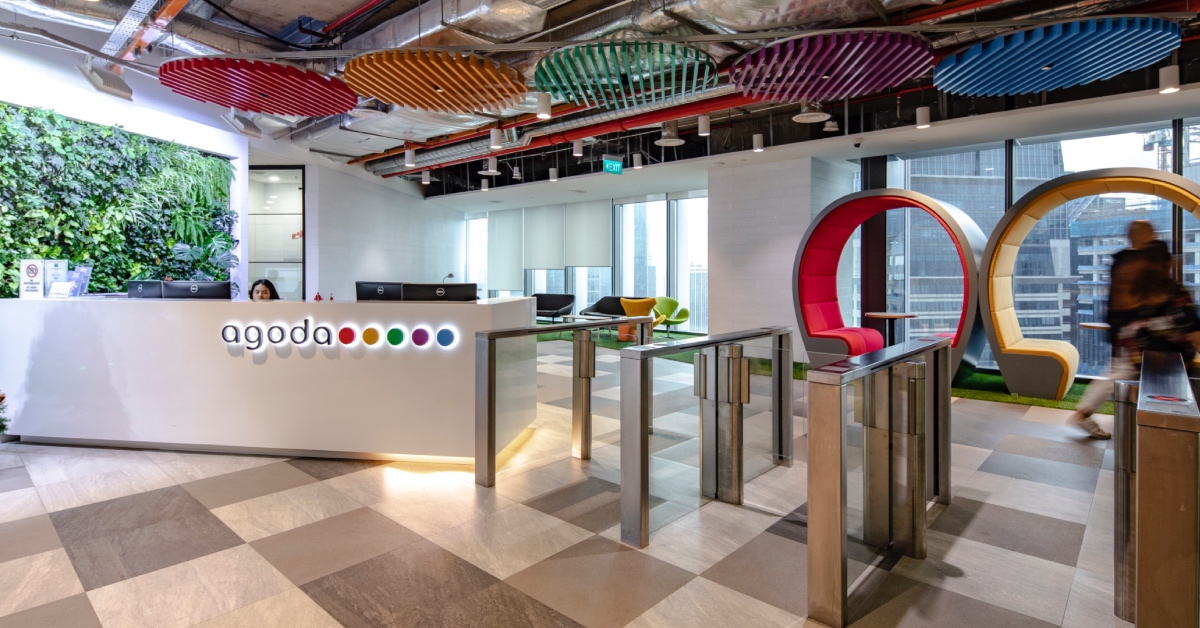How to Declutter Your Digital Life: 9 Practical Tips
In today’s fast-paced world, digital clutter can be just as overwhelming as physical clutter. Our devices are filled with countless files, apps, and notifications, making it challenging to focus on what truly matters. A cluttered digital life can lead...


In today’s fast-paced world, digital clutter can be just as overwhelming as physical clutter. Our devices are filled with countless files, apps, and notifications, making it challenging to focus on what truly matters.
A cluttered digital life can lead to feelings of anxiety, stress, and a constant sense of being overwhelmed. But the good news is, you can take control of your digital life and create a more peaceful, organized environment.
By decluttering your digital life, you can reduce distractions, increase productivity, and bring a sense of calm to your everyday routine. Here are nine practical tips to help you declutter your digital life and make room for more intentional living.
1. Assess your digital footprint
Begin by taking stock of your digital presence across all devices and platforms. This includes your computer, smartphone, tablet, and any online accounts. Determine what is essential and what no longer serves a purpose in your life.
2. Unsubscribe from unnecessary emails
Email clutter can be a significant source of stress. Unsubscribe from newsletters, promotions, and notifications that no longer interest you or add value to your life. Services like Unroll.Me can help you manage and consolidate your subscriptions with ease.
3. Delete unused apps and software
Review the apps on your smartphone and computer, and remove those you no longer use. This will not only free up storage space but also help reduce distractions and improve device performance.
4. Organize your files and folders
Create a logical and consistent file structure for your documents, photos, and other files. Use descriptive names for your folders and files, making them easier to find when needed. Regularly back up your data to ensure it’s safe and secure.
5. Clean up your desktop
A cluttered desktop can make it difficult to focus and be productive. Organize your desktop by removing unnecessary shortcuts, files, and folders. Use a minimalist wallpaper and keep only essential icons visible.
6. Limit your social media usage
Social media can consume a significant amount of time and mental energy. Set boundaries around your social media usage by allocating specific times for checking your accounts and limiting notifications. Consider unfollowing or muting accounts that don’t add value or positivity to your life.
7. Streamline your online accounts
Close or delete any online accounts you no longer use, such as old email addresses, social media profiles, or online shopping accounts. This helps to reduce your digital footprint and protect your personal information.
8. Implement a digital detox
Regularly schedule time away from your devices to recharge and reconnect with yourself and others. This could be as simple as an hour each evening or a full weekend without screens.
9. Maintain your digital declutter
Establish a routine to periodically review and declutter your digital life. Set aside time each month or quarter to assess your digital clutter and make adjustments as needed.
Decluttering your digital life is an essential step towards embracing a more minimalist and intentional lifestyle. By implementing these practical tips, you can create a digital environment that supports your well-being and helps you focus on the things that truly matter.

 Troov
Troov 
































